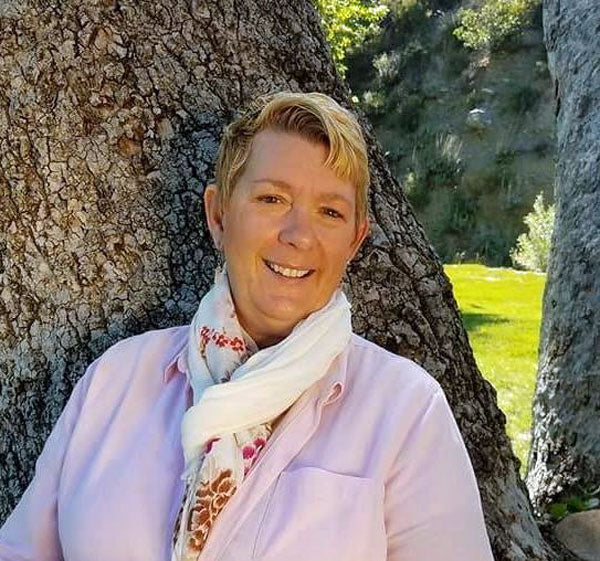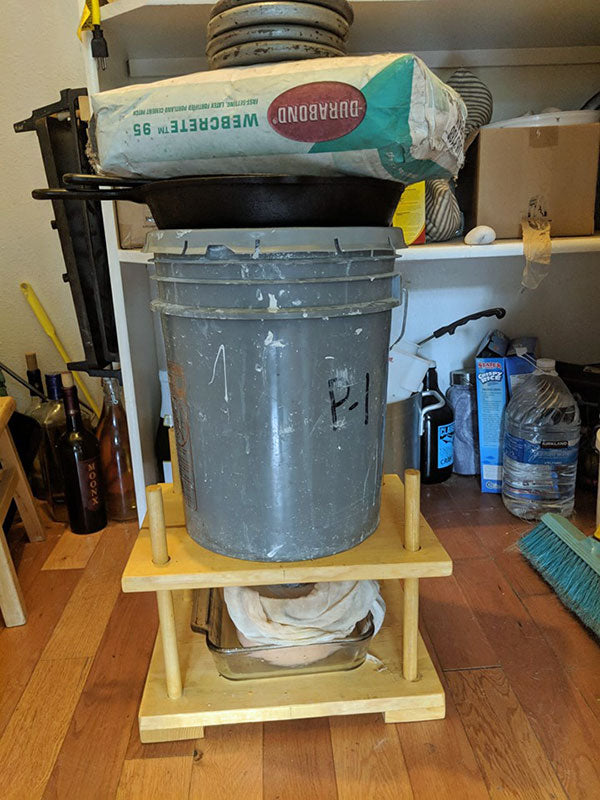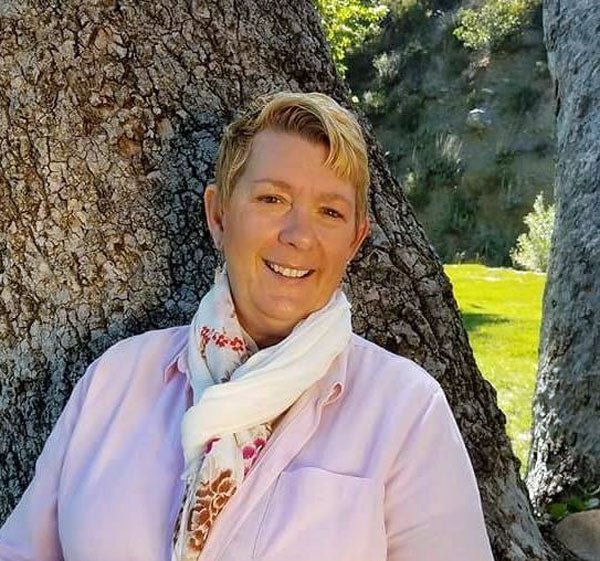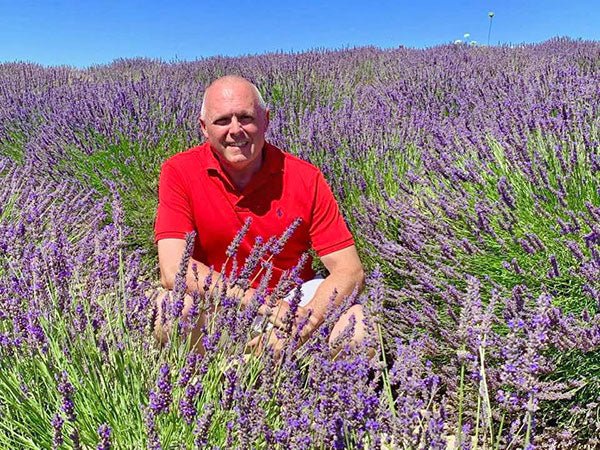
Peg Lamphier
 Peg Lamphier is a well-known writer, a college professor, a gardener, a cheese maker and, perhaps most importantly – a caretaker in her back yard for rare California Desert Tortoises on the Endangered Species List (we love that!). We’re very grateful to her for taking the time to do this interview.
Peg Lamphier is a well-known writer, a college professor, a gardener, a cheese maker and, perhaps most importantly – a caretaker in her back yard for rare California Desert Tortoises on the Endangered Species List (we love that!). We’re very grateful to her for taking the time to do this interview.
About Peg
I live in the San Bernardino Mountains above LA County, in a tiny town called Lytle Creek. I teach at Cal Poly Pomona.
I’m a professor and a writer and every summer I write a new book and teach myself something new (like playing the ukulele).

These are just a few of her books! There is more info at her website.
This past summer I taught myself to make cheese and I’m obsessed with cheese making now. I had some trouble, used a few Kindle books and some YouTube videos, but my cheese making career came together when I discovered New England Cheese’s recipes and Gavin Weber’s videos.

Six Belper Knolles (a Swiss black pepper covered Parm-like cheese) and one Cranberry Wensleydsle.
I started with a feta cheese and had a bit of a failure when it melted in its brine. I tried again, using the N.E. Cheesemaking recipe, and had much better luck. Emboldened, I made a chevre and astounded myself with how easy that was.

Two chevres, one rolled in Herbs d’Provence and the other in black pepper and fresh oregano (which grows feral in my back yard).
In the mean time I caught Cheese Press Fever, so my husband built me a press.


When you need to press your Red Cheshire under 100 pounds. Soooo professional!
Fearing I was caught in a feverish cheese madness that would soon pass, I turned my camper fridge into a temporary cheese cave by turning it to its highest temperature and adding a bowl of water and a bowl of damp salt.

A waxed Colby and a natural rind stout infused Gouda on top and four ashy goat cheeses on the bottom. I moved those to an aging box after I took this picture.
That’s when the serious cheese making began. I first made a Colby, that being a good intermediate cheese, and then a Stout infused cheese.
My daughter asked for the ash aged goat cheese, so I made those (though I was sad I didn’t get to use the press!). The goat cheeses turned out so delicious that it was hard to concentrate when they were in the house.
I also made a batch of petit bleu’s from Gavin Weber’s YouTube video (he’s almost as much help to me in my cheese education as your website).

My first Brie
I had my second cheese failure with a Gruyere. I think I too enthusiastically wiped it with brine and it got soggy and slumped and started to smell really bad, and not the good kind of cheese bad, just bad. So I tried again with a Jarlsberg and that one seems to be doing better. Then I tried a Stilton, which was really fun because there were new techniques.

Stilton – about three weeks into the mold growing.
About that time, we ate the Colby and the beer-infused cheese and they were both fabulous. Also, I took some petit blue and aged goat cheese to a family party and by the end of the party I had three people turned on to making their own cheese, too.
When I’d filled my camper fridge, I bought a used wine fridge and turned it into my new cheese cave.

I bought a used wine fridge on Craig’s List for $50. It had those metal racks for bottles, so we took those out and he made wooden racks from thin slats of wood.
In the summers, I help out at the local food bank and one day we had a LOT of 2% milk, so I took four gallons home and made a Parmesan. That got me thinking about cheese that ages for long time, so I made a goat’s milk Romano. And then I tried a goat’s milk Stilton, though my husband whines about how poison it is – he Hates blue cheeses.
The upshot is that this summer I made one or two cheeses a week and now that I’m back in school, I make one on the weekend. Two weeks ago I made a wine infused cheese.

Last week I made a gouda with my new gouda mold, which makes an ovoid cheese.

Gouda, taken out of the mold
I’m going to give that one a couple of months and then smoke it and let it age another month.
I’m obsessed enough that I bought my last rennet in the pint-size. I’ve got a saffron infused cheese on my to-do list, as well as a Cotswold.
Honestly, this whole experiment would have been less successful if it weren’t for the recipes and supplies from New England Cheese.
I buy my milk at Sprouts. They’ve got some local regular pasteurized organic, non-homogenized milk that makes good cheese (they’ve got raw milk too but its really expensive and I’m not sure how I feel about raw anyway). Also, they’ve got low heat pasteurized goat’s milk. So, it’s not anything so cool as goats in my back yard.
I’ve got California Desert Tortoises in my yard instead – they’re an endangered species and they’re really cool, but pretty hard to milk.

California Desert Torts are on the endangered species list, so it’s illegal to remove them from the Mojave Desert or raise them. But sometimes people do both anyway, so then they get adopted by people like me because once they’ve lived with people they can’t be re-introduced to the wild.
Mine are used to having fabulous salads delivered to them so they’d be hard-pressed to forage for their own food. Ted’s about 50, Goliath about 30 and Elroy only 10. Plus the picture above has an African Tort in it (Nettie, aged 4) -the knobbly looking one. Her mom weighed 60 lbs so she’ll get really big. CDTs top out at about 16 lbs (which is how big Ted is).

I teach an environmental studies class at Cal Poly where I bring the Torts to school in a wagon and we sit outside and talk about how human behavior affects not just humans, but animals they’ll never see, like CDTs.

Ted
I do a bunch of gardening and canning too. I live in Southern California, so its easy to grow things. This year we tried taters in laundry baskets with pretty good success and now, in October, our tomatillos are going nuts. I also made a lot of dill pickles this year, though some years I make more bread and butter pickles. We’ve got wild blackberries, and plum and apricot trees so I make a lot of jam and give most of it away for birthdays and holiday presents.


Apricot Marmalade (the yellow jars) and Santa Rosa Plum Jam.

Precious Blackberry Jam—cause picking blackberries generally ends in bleeding.
Do you have any advice for beginners?
Cheese making requires the maker to take simple steps taken over a period of time. Almost anyone who can follow directions and exercise patience can make cheese. I think it would be good for all of us to make cheese. We spend too much time rushing around and participating in the ‘immediate gratification’ economy and it’s bad for our bodies and our souls.
Cheese making supplies need not all be expensive. My favorite cheese mold is a round food container in which my husband drilled holes. He also made me a simple press from directions we found online, so its OK to think creatively about your tools. But you must buy high-quality milk and cultures. And once you begin, be prepared for the occasional failure and don’t let it deter you from the next cheese.
Anthony Bourdain once said, “You have to be romantic to invest yourself, your money and your time in cheese.” He’s not wrong. Cheese making, like love, is an exercise in hard work and hope but the end result is worth it.
For more about Peg, including her blog, check out her website – https://www.peglamphier.com/













































































































































